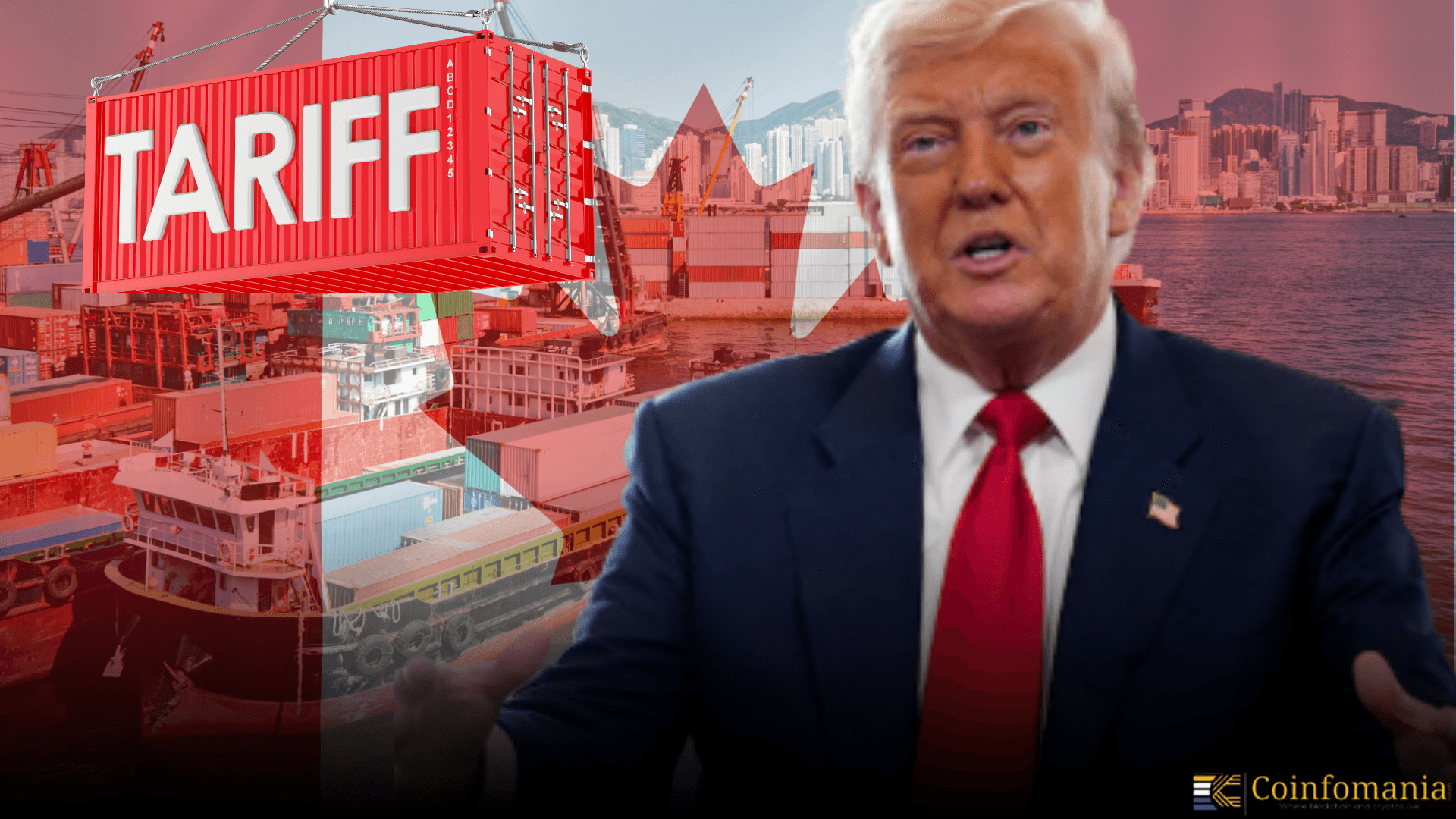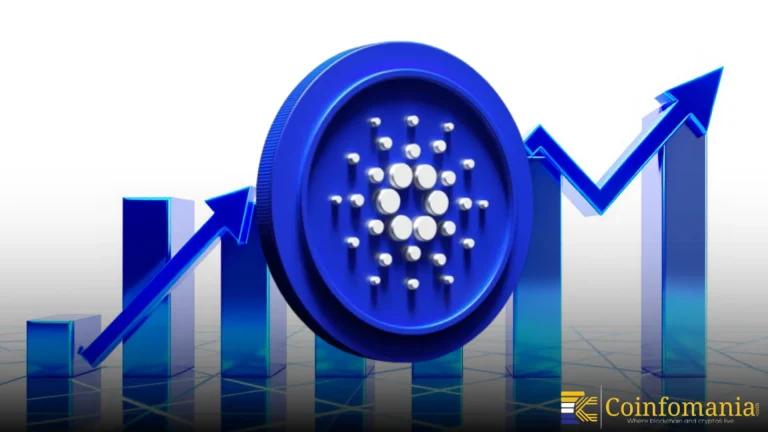Canada Faces 35 Percent Tariff as Trump Expands Trade Pressure
Trump hikes Canada’s tariff from 25% to 35%, citing fentanyl. A 40% penalty on rerouted goods also sweeps new tariff rules.

Trump’s latest executive order, hours before August 1, pushes his tariff agenda into aggressive new territory. The headline move was raising tariffs on Canadian goods that are not covered by USMCA from 25 to 35 percent. The stated justification is Canada’s failure to contain fentanyl flows and its tariff posture on U.S. agriculture. But it’s also a warning shot, part of a broader tariff expansion targeting 69 countries, all facing stiff penalties unless new trade terms are reached.
Canada Tariff Takes Effect with Tight Grace Period
The new Canada rate took effect immediately at 00:01 Eastern Time on August 1. For now, a tight grace period is applied. Goods loaded by August 7 or arriving by October 5 will escape the higher rate. The order also slaps a 40 percent tariff on transshipped goods routed through third countries to dodge duties. To cut off tariff evasion and signals deeper enforcement mechanisms may follow.
Diplomatically, there’s no ambiguity in the posture. Trump moved forward without engaging Canadian Prime Minister Mark Carney, despite outreach attempts. It signals a high-stakes, unilateral tone that’s likely to complicate negotiations, not just with Canada, but with others caught in this tariff sweep.
In the five hours following the announcement, markets showed only a mild reaction. Asian equity futures slipped, but not dramatically. It seems to suggest some normalization around Trump’s tariff threats. However, volatility could increase as more details emerge, particularly around “rules of origin” for Canadian products, which the administration says will be clarified soon. Those rules could lead to further penalties, depending on how origin is defined.
Global Tariff Rates 2025
Interestingly, Mexico received a temporary break. A direct call between Trump and President Claudia Sheinbaum brought them 90 more days to avoid a proposed 30 percent hike on non-USMCA goods. But their 50 percent steel and aluminum tariffs and 25 percent auto duties remain fully in place. That extension likely hinges on Mexico’s willingness to renegotiate broader trade terms.
| Country | Tariff Rate | Country | Tariff Rate |
| Afghanistan | 15% | Iraq | 35% |
| Algeria | 30% | Israel | 15% |
| Angola | 15% | Japan | 15% |
| Bangladesh | 20% | Jordan | 15% |
| Bolivia | 15% | Kazakhstan | 25% |
| Bosnia | 30% | Laos | 40% |
| Botswana | 15% | Lesotho | 15% |
| Brazil | 10% | Libya | 30% |
| Brunei | 25% | Liechtenstein | 15% |
| Cambodia | 19% | Madagascar | 15% |
| Cameroon | 15% | Malawi | 15% |
| Chad | 15% | Malaysia | 19% |
| Ecuador | 15% | Myanmar | 40% |
| Equatorial Guinea | 15% | Namibia | 15% |
| EU (Duty > 15%) | 0% | Nauru | 15% |
| EU (Duty < 15%) | 15% | New Zealand | 15% |
| Falkland Islands | 10% | Nicaragua | 18% |
| Fiji | 15% | Nigeria | 15% |
| Ghana | 15% | North Macedonia | 15% |
| Guyana | 15% | Norway | 15% |
| Iceland | 15% | Pakistan | 19% |
| India | 25% | Papua New Guinea | 15% |
| Indonesia | 19% | Philippines | 19% |
| Serbia | 35% | South Africa | 30% |
| South Korea | 15% | Sri Lanka | 20% |
| Switzerland | 39% | Syria | 41% |
| Taiwan | 20% | Thailand | 19% |
| Trinidad | 15% | Tunisia | 25% |
| Turkey | 15% | Uganda | 15% |
| UK | 10% | Vanuatu | 15% |
| Venezuela | 15% | Vietnam | 20% |
The administration’s framing focuses heavily on trade deficits and industrial leverage. Tariffs are being positioned as bargaining chips to reverse trade imbalances and revive U.S. manufacturing. But the legal basis is drawing scrutiny. Trump is depending on the International Emergency Economic Powers Act to support the new tariffs. It’s a bold legal move, and some lawsuits have already been filed in federal courts. If those legal challenges succeed, this strategy may not hold up. The next key date is August 12. The Trump administration sees it as a possible deadline for a new trade deal with China.
Follow us on Google News
Get the latest crypto insights and updates.
Related Posts

Goldman Sachs Buys $1.7 Billion in Bitcoin ETFs, Signaling a Major Wall Street Shift
Vandit Grover
Author

Cardano clears a critical governance hurdle with renewed on-chain authority
Vandit Grover
Author

Coinbase Lawsuit Sparks High-Stakes Battle Over Prediction Market Regulation
Vandit Grover
Author